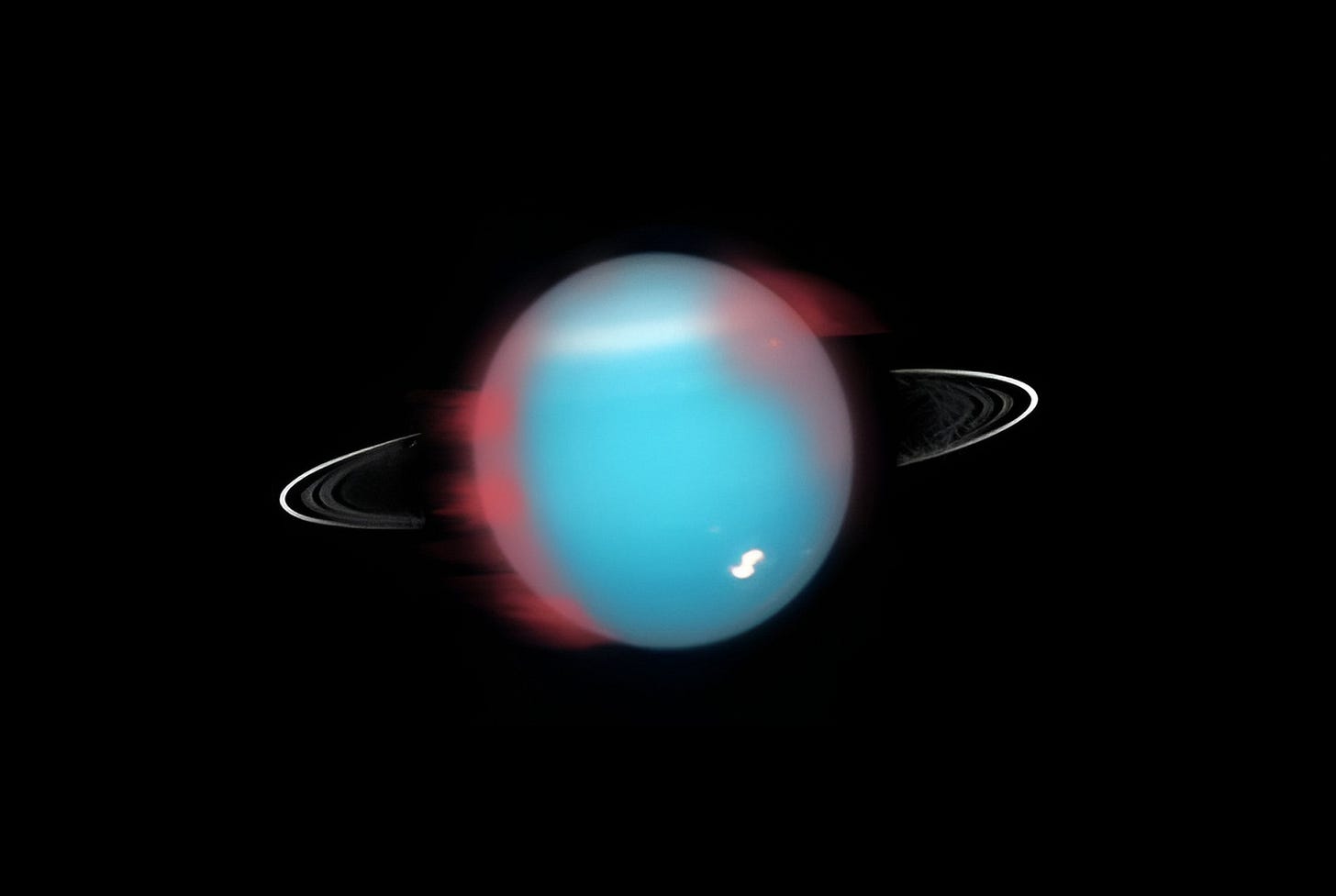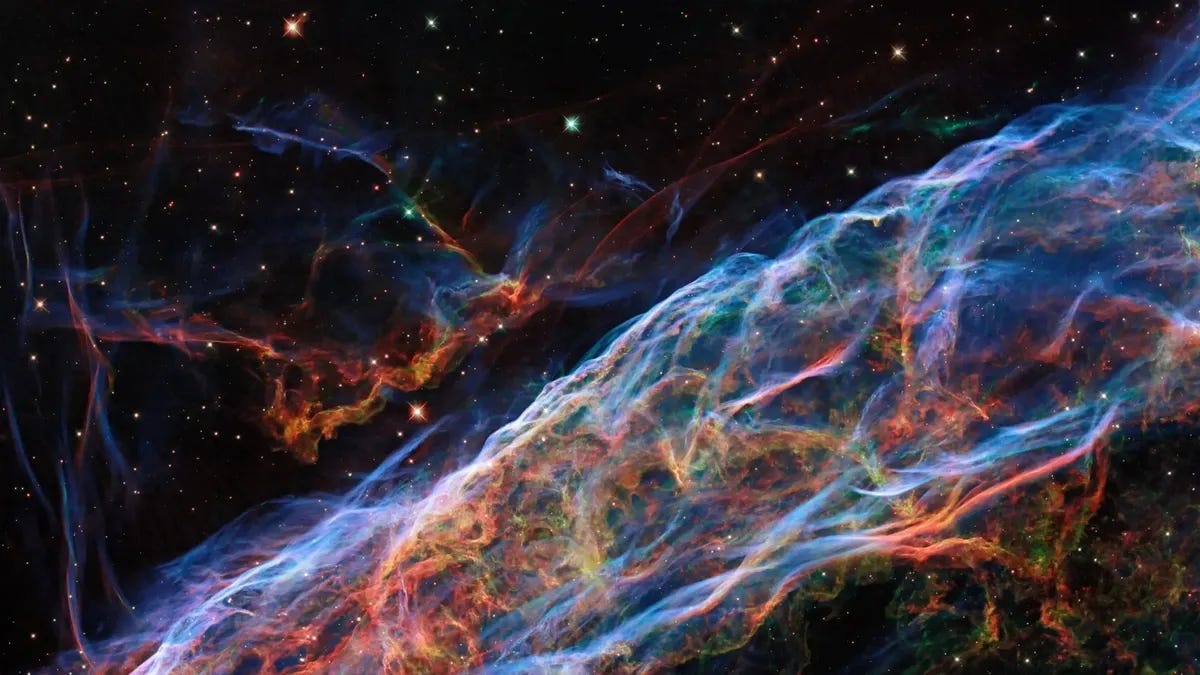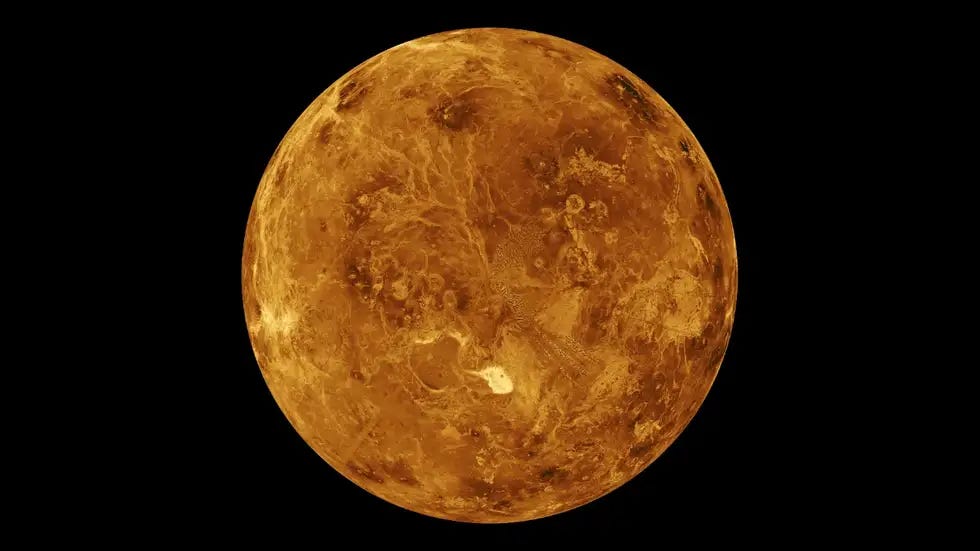Scientists detect Uranus’ aurora
Scientists recently detected and captured an aurora on the planet Uranus recently. This discovery was made with the help of the Keck II telescope in Hawaii. The auroras are caused when the charged particles from the sun hit the planet’s atmosphere. The auroras were mainly emitting in the infrared wavelength.
NASA launches new rocket to study nebula
NASA recently launched a sounding rocket into space as part of the INFUSE mission to study the Veil Nebula, more popularly known as the Cygnus loop. The Cygnus loop is believed to be a result of the explosion of a massive star 20,000 years ago. Even after such a long period, the stardust continues to expand every hour. This dust will also form new stars and planets, making it something worth studying. There is no better way to learn about star formation than to witness it happen. This is why NASA launched its new sounding rocket into space. These rockets don’t go into orbit and thus don’t stay in space for long. This is why we need to make the most of it in the short time period in which it stays in space.
Experts believe Venus had earth-like tectonic activity long ago
Recent computer simulations and gathered data have led experts to believe that the planet Venus had tectonic activity similar to the Earth, billions of years ago. Tectonic activity refers to the movement and shifting of the planet's outer shell or crust, a feature that is very common on Earth. This could also indicate that Venus might have once been quite similar to the Earth and might even have been habitable.




